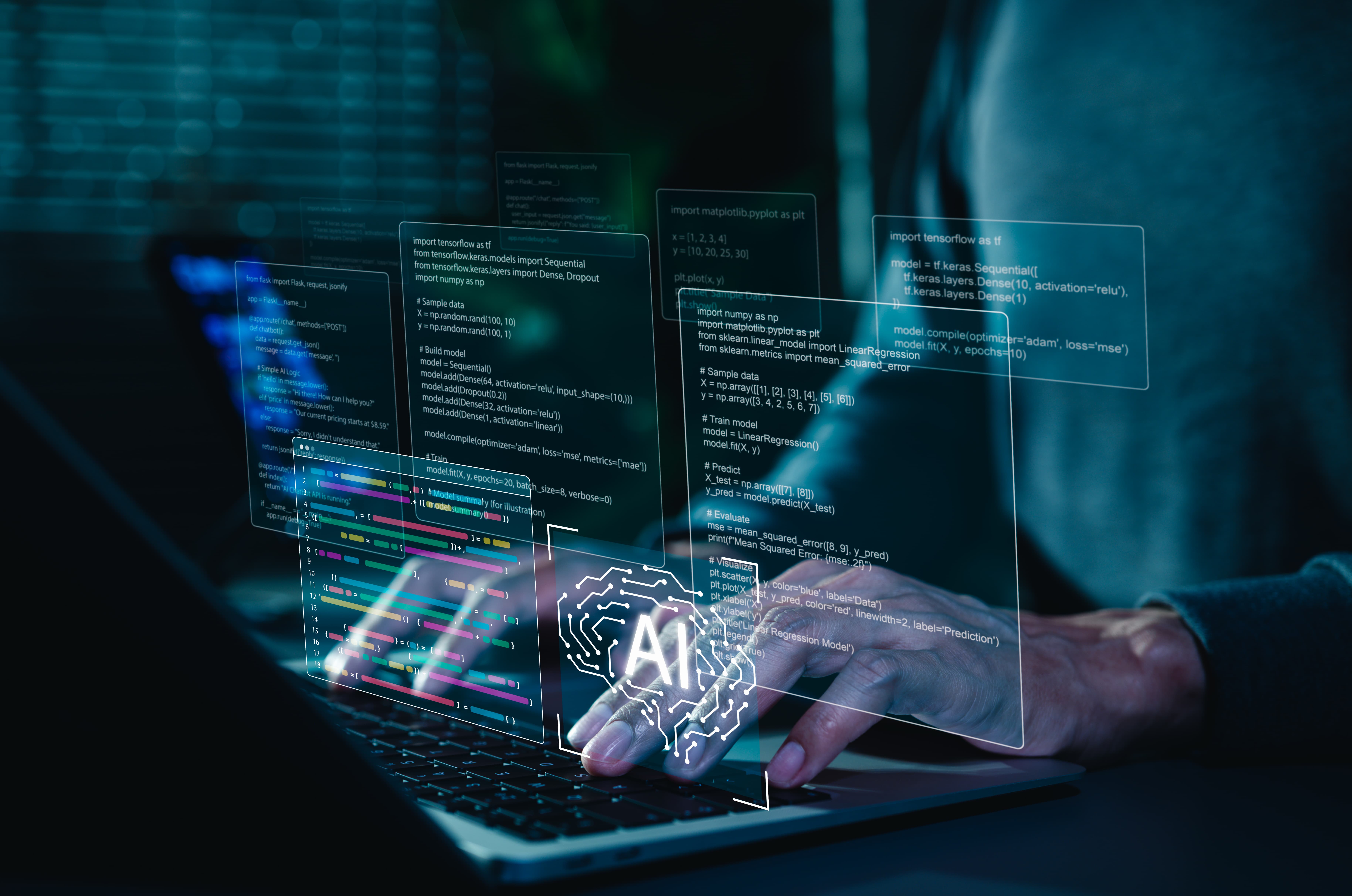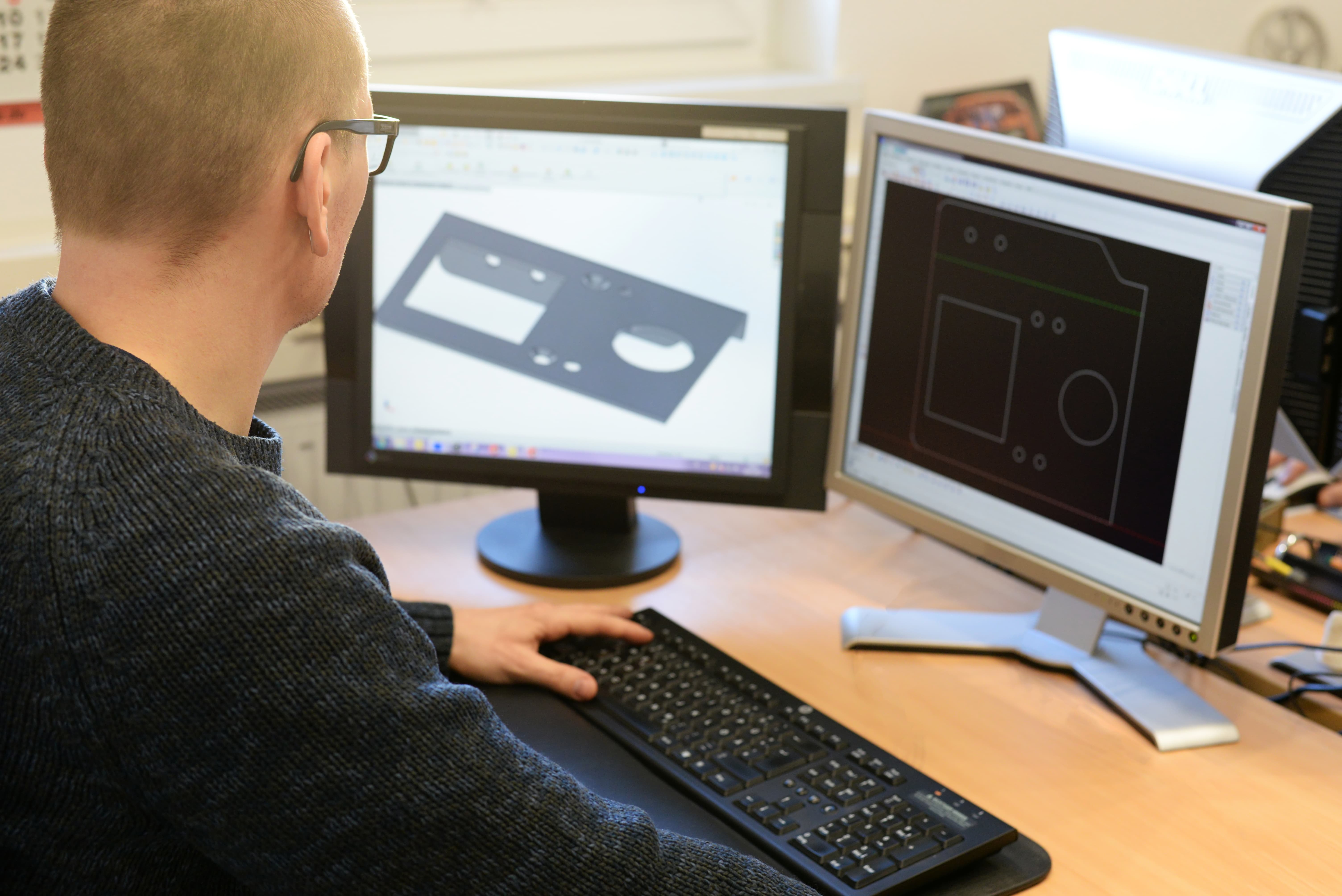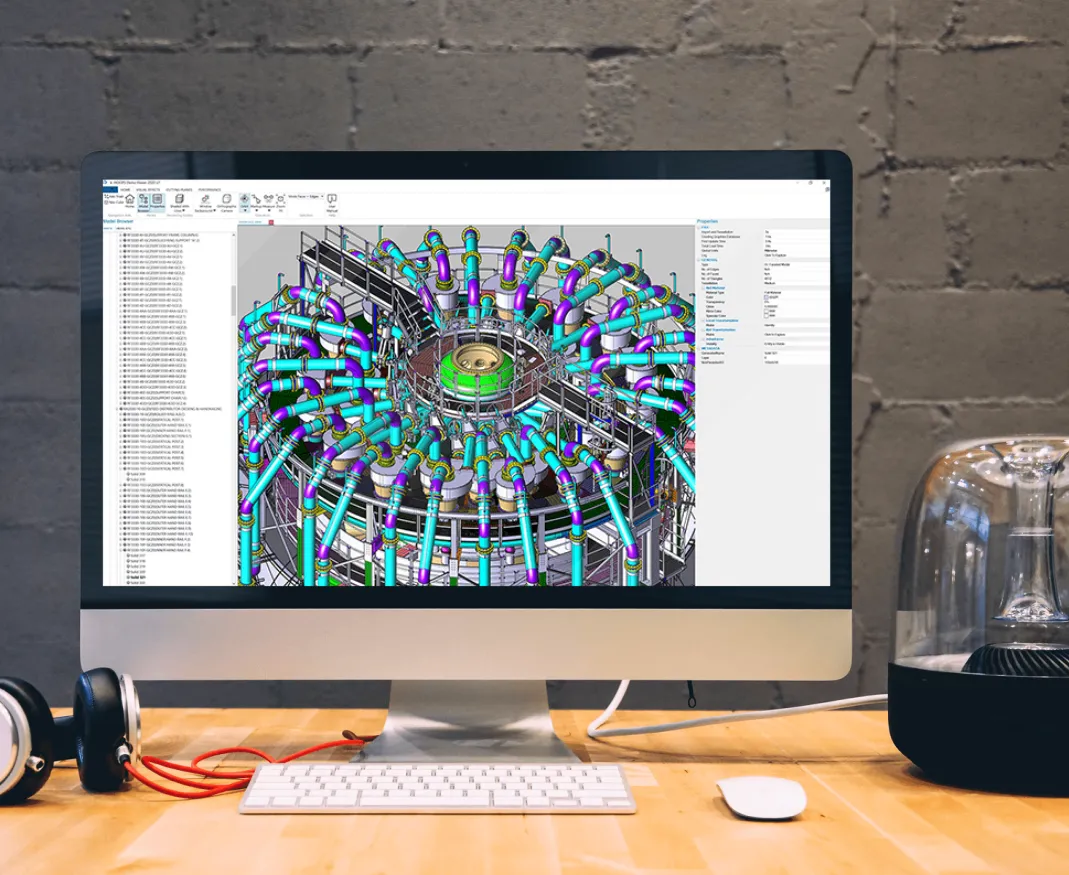HOOPS AI connects engineering data with machine learning by bringing HOOPS Exchange’s CAD translation into Python. It lets developers organize CAD data, run experiments, and deploy AI models without CAD software.
HOOPS AI is a framework built for data scientists and ML engineers, designed to accelerate the creation of machine learning models with CAD data.
HOOPS AI unifies CAD access, dataset preparation, and CAD encoding into a single, developer-friendly toolchain. At its core is a powerful data pipeline that manages ingestion, versioning, lineage, and reproducible runs. It orchestrates and replays experiments with ease, while built-in visualization and interpretability tools keep both your data and results fully transparent.

Developing machine learning models for CAD is extremely hard. It demands a data-science–first approach rather than traditional coding, and success depends on overcoming three major hurdles:
Preparing and transforming CAD data at scale - collecting, organizing, and transforming massive volumes of design data
Heterogeneous data types - geometry, topology, metadata, and more
Keeping pace with AI/ML research — navigating an overwhelming and constantly evolving landscape
With HOOPS AI, data scientists and geometric computation engineers gain a reliable foundation for creating and training ML models with CAD data.

Every machine learning project begins with massive amounts of data—often from multiple CAD sources. HOOPS AI seamlessly integrates with HOOPS Exchange to import over 30 CAD file formats and provides access to geometry, topology, metadata, PMI, feature trees, assembly structures, and more through its Python API. It does this quickly and consistently, without relying on costly external CAD systems or risky intermediate translations, preserving the full fidelity of your CAD data.

Features & Benefits
Developing 3D machine learning techniques requires more than just access to CAD data—it demands that countless CAD models be organized, analyzed, segmented, adapted, and cleaned for training, testing, and validation.
HOOPS AI provides a robust set of Python APIs to streamline this process, along with built-in visualization tools. These tools make it easy to spot and correct inconsistencies, anomalies, and errors, ensuring your datasets are reliable before they ever enter your training pipeline.
HOOPS AI provides ready-to-use tools that transform raw CAD data into formats machine learning algorithms can understand and process.
Encoding involves a series of complex steps: converting original files into representations that are both meaningful for the problem at hand and structured for storage, typically as matrices so that they can be efficiently used for model training.
HOOPS AI provides end-to-end orchestration of the entire machine learning workflow, covering data access, dataset preparation, and encoding, ensuring repeatable, efficient experimentation. Storage and logging tools record every step of the pipeline, enabling full traceability while accelerating iteration cycles.
Fast-track your CAD-based machine learning development with HOOPS AI. Sign up for a technology preview and start building smarter workflows today.

Frequently Asked Questions (FAQ)
Yes, HOOPS AI is a standalone product. Once installed, a data science team can use it directly to ingest CAD data, build datasets, run experiments, and train models without needing to purchase or integrate additional third-party CAD parsers or ML orchestration tools.
However, HOOPS AI also leverages and integrates capabilities from HOOPS Exchange and HOOPS Visualize for web to provide CAD data access and visualization out of the box.
HOOPS AI streamlines the entire journey from CAD data to machine learning models. It:
Automates data ingestion, cleaning, encoding, and preparation at scale.
Provides a robust pipeline for versioning, lineage, reproducible runs, and experiment orchestration.
Includes pre-built model architectures tailored for CAD tasks like classification, feature recognition, and manufacturability analysis.
Offers built-in tools for visualization and interpretability of datasets and results.
Boosts team productivity, cutting development time and reducing experimentation costs.
The core technology behind HOOPS AI is a CAD-aware ML pipeline, including CAD parsers, geometry/topology encoders, and experiment orchestration. It provides pre-built neural architectures tailored for 3D classification and feature recognition.
Yes, HOOPS AI works with your data by cleaning and structuring it in a way that is accessible to machine learning models.
HOOPS AI is not primarily based on large language models (LLM). Instead, it focuses on ML and deep learning techniques tailored for 3D geometry, topology, and multi-modal CAD data. While LLMs can be integrated for natural language interaction, documentation generation, or knowledge retrieval, they are not the core of this framework.
HOOPS AI works with with standard ML/AI frameworks such as PyTorch and scikit-learn. It is interoperable with common data science tools for visualization and analysis: Jupyter, Pandas, NumPy, and Matplotlib/Plotly.
HOOPS AI delivers measurable gains in speed, cost, and efficiency:
30–50% faster time-to-model through automated data prep and orchestration.
20–40% lower cost per experiment by reducing manual engineering overhead.
Lean staffing efficiency — even small teams (1–2 engineers) can build and deploy production-ready models.


